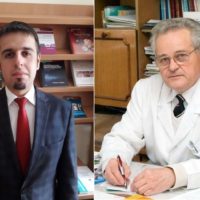
Frequency of Arrhythmias and Conduction and Antiarrhythmic Efficacy of Upstream Therapy in Patients with Acute Myocardial Infarction with Comorbid Metabolic Syndrome and Vascular Endothelial Dysfunction
M. Shved, I. Yastremskaya, T. Dobriansky I. Horbachevsky Ternopil National Medical University Context. Cardiac arrhythmias and conduction disorders are the most common reperfusion complications in patients with myocardial infarction (MI) in both acute and late postinfarction periods, which significantly complicates the course of the disease and often leads to an unfavorable prognosis for the early Read More …





